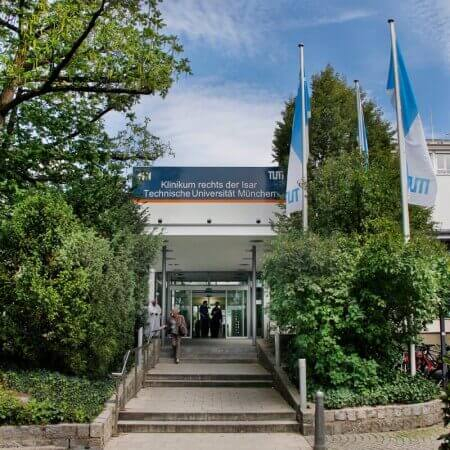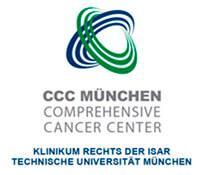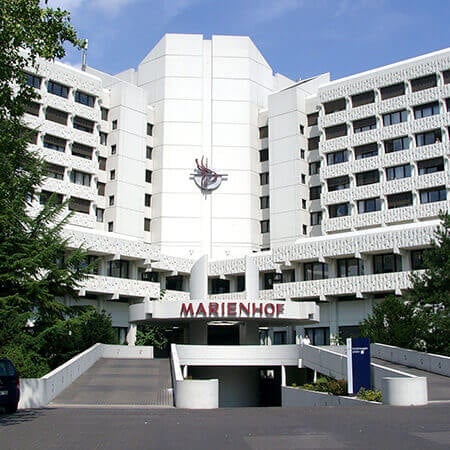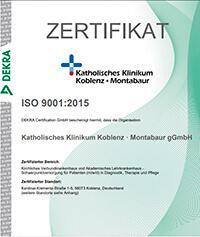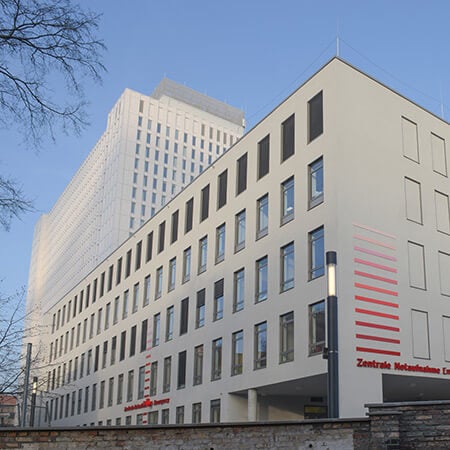An ependymoma is a rare intramedullary spinal cord tumor that grows from the central canal cells. The neoplasm may develop in any part of the central nervous system. These tumors are more common in children than in adults. You can undergo your diagnostics and treatment of this disease abroad. You can find out the prices and choose the best medical care program on the Booking Health website.
Content
- Types of ependymomas
- Principles of ependymoma treatment
- Surgical treatment of ependymomas
- Radiation therapy for ependymomas
- Where to undergo your treatment for the disease?
Types of ependymomas
Spinal cord ependymomas are classified into three grades, but most neoplasms are benign. The prognosis for patients is generally favorable. On average, the 10-year survival rate for ependymomas is 80% in developed countries, but the statistics are worse for elderly patients. After 75 years, the 10-year survival rate is 28%. Patients between the ages of 20 and 45 have the best prognosis.
Grade I ependymomas include subependymomas and myxopapillary ependymomas that are slow-growing and rarely recur. Myxopapillary ependymomas almost always occur in the conus medullaris, cauda equina, and filum terminale, although uncharacteristic locations such as the cervical and thoracic spine have been reported as well. Chronic back pain is the most common symptom for this group of patients.
Grade II tumors are referred to as cellular, papillary, clear cell, and tanycytic ependymomas, while grade III tumors are referred to as anaplastic ependymomas. Clinical manifestations of the tumors largely depend on their location, but they usually do not cause any neurological symptoms.
Principles of ependymoma treatment
Surgical resection is considered the main treatment for ependymomas. The tumor must be completely removed, as total resection provides the best chance of recovery.
Preoperative diagnostics allow doctors to understand whether the tumor can be safely removed. If not, then a surgical biopsy is performed first to accurately determine the histological type of the tumor and better plan treatment, weighing all the risks and benefits of surgery.
Doctors strive to remove the entire tumor during surgery. Radiation therapy may be required after surgery. Radiation therapy sometimes becomes the main method of treatment if surgery is contraindicated.
Ependymoma treatment with chemotherapy is practically not used. Occasionally, it is used to delay radiation therapy in young children, as radiation is bad for the growing brain.
Surgical treatment of ependymomas
Surgery is the primary, and usually the only, treatment required for patients with ependymomas. Total resection is always preferable to subtotal resection. Most spinal cord tumors are located in the region of its cone (in the lower part). As a rule, these are benign neoplasms enclosed in capsules. When performing the operation, specialists abroad carefully remove the tumor along with the capsule. Such an approach provides a complete cure for the disease for most patients. If the capsule is damaged, the tumor cells will disperse, and recurrence may occur.
A laminectomy is used to approach the tumor. This procedure involves the removal of the vertebral arches. Surgeons abroad also perform operations using a hemilaminectomy, during which not both but only one vertebral arch is removed, which makes the surgical intervention less traumatic.
If the tumor spreads to more than three segments, there is a problem with the spinal stability, as the removal of the vertebral arches can disrupt it. An osteoplastic laminotomy, during which the vertebral arches are dissected and then fixed in place, can be performed in young patients. Some patients require stabilizing systems after surgery. Doctors at hospitals abroad implant dynamic systems that preserve spinal mobility. Unlike rigid vertebral fixation, this type of stabilization does not cause any degenerative changes in the adjacent spinal segments.
Surgery is always followed by an MRI. This diagnostic test allows doctors to assess the results of the surgical intervention, namely whether the tumor can be completely removed. If a residual tumor is detected, further management of the patient is determined by its size, location, the patient's health condition, and the histological type of the ependymoma. The treatment may be as follows:
- dynamic monitoring (if the tumor does not grow, patients do not receive any treatment);
- revision surgery with the removal of the remaining tumor tissue;
- postoperative radiation therapy.
Radiation therapy for ependymomas
Radiation therapy is the second most effective treatment for ependymomas. The method can be used in the following cases:
- after surgical removal of the grade 3 tumor;
- after incomplete removal of the grade 1-2 tumor;
- instead of surgery, if it is contraindicated for the patient;
- in the case of tumor recurrence after its removal;
- after surgical removal of the spinal myxopapillary ependymoma in patients under the age of 20 years.
The areas of exposure may vary. Physicians may irradiate just the tumor or the entire spinal cord. It depends on where the tumor has spread. Only in 15% of cases, ependymomas spread through the central nervous system, but they never go beyond it. The composition of the cerebrospinal fluid can tell doctors whether the tumor has spread. It is taken for analysis and tested for cancer cells.
Patients usually do not need irradiation of the entire brain or spinal cord, as a result of which doctors use only local irradiation of the tumor. In developed countries, healthcare professionals also use stereotactic radiation therapy, which allows for faster tumor irradiation with only 1-5 sessions required.
Proton therapy is increasingly being considered as a treatment option for ependymomas due to its unique ability to preserve normal tissue. The method is used more frequently in children than in adults. It is available only in some specialized centers abroad. In addition, some of the centers only treat intracranial tumors but not spinal ependymomas. If you want to undergo your proton therapy to reduce the risk of side effects, the specialists from the Booking Health company will help you find the best center. However, it should be noted that prices for proton therapy will be higher than for conventional photon beam therapy.
Where to undergo your treatment for the disease?
You can undergo your treatment for the disease abroad. Developed countries offer the services of specialized Spinal Surgery Centers that have vast experience in the treatment of spinal cord neoplasms. Treatment abroad has the following benefits:
- accurate diagnostics of diseases;
- state-of-the-art equipment at hospitals;
- safe minimally invasive operations;
- high percentage of cured patients;
- maintaining the stability of the spine;
- modern options for radiation therapy;
- some hospitals use proton therapy, which is the safest method of irradiating ependymomas in children.
You are welcome to make an appointment for your diagnostics and treatment abroad on the Booking Health website. On our website, you can see the cost of treatment at different hospitals, compare prices, and choose a medical care program. Our specialists will help you select the best medical center and arrange your trip.
Authors:
The article was edited by medical experts, board certified doctors Dr. Nadezhda Ivanisova and Dr. Sergey Pashchenko. For the treatment of the conditions referred to in the article, you must consult a doctor; the information in the article is not intended for self-medication!
Sources:
National Library of Medicine
Google Scholar
